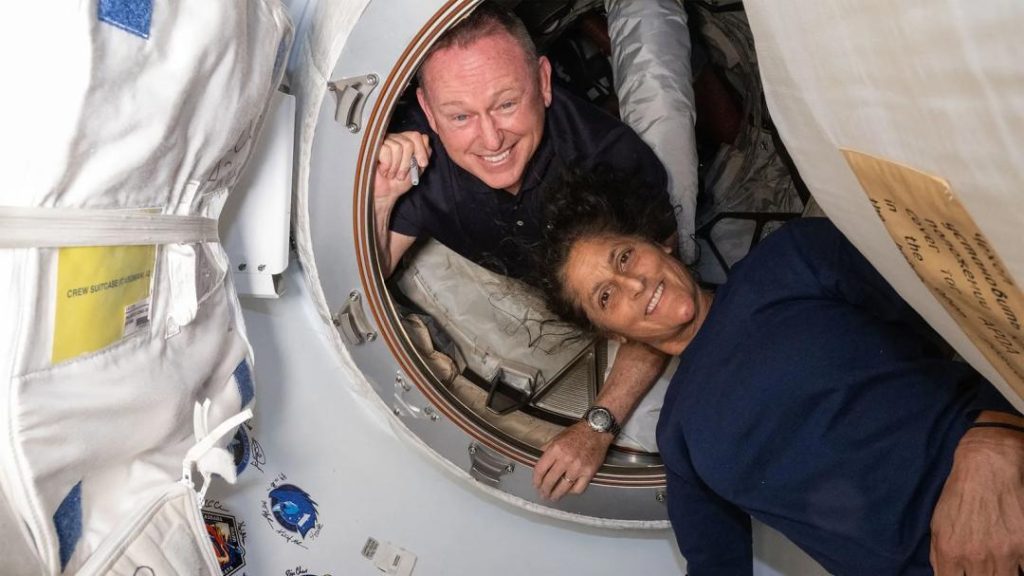
What challenges will Sunita Williams & Butch Wilmore face after returning to Earth?
Astronauts Sunita Williams and Butch Wilmore are set to return to Earth next week, but their journey back to solid ground won’t be without its challenges. The two NASA astronauts have spent months in space, and their bodies have undergone significant changes as a result. As they prepare to step off the spacecraft and back onto Earth, they can expect to face a range of difficulties that will make the transition back to life on our planet a daunting one.
One of the most notable challenges they will face is the loss of bone density. Prolonged periods of weightlessness in space can cause bones to lose mass and density, leading to a condition known as osteoporosis. This is because the body no longer needs to work as hard to maintain bone health, as there is no need to support its own weight. As a result, astronauts can experience a range of symptoms, including back pain, brittle bones, and an increased risk of fractures.
To counteract this loss, astronauts undergo rigorous exercise regimens while in space to help maintain bone density. They also participate in specialized training programs to prepare their bodies for the transition back to Earth. However, even with these measures in place, astronauts can still expect to experience some degree of bone loss.
Another challenge they will face is the development of “baby feet”. This may sound unusual, but it’s a real phenomenon that occurs when the body has been in a weightless environment for an extended period. The lack of gravity causes the muscles in the legs and feet to atrophy, leading to a loss of tone and flexibility. This can result in a condition known as “space feet”, where the feet become soft and weak.
As they return to Earth, Williams and Wilmore can expect their feet to feel strange and uncoordinated. Simple tasks like walking, running, or even standing can be difficult at first, as the muscles in their legs and feet struggle to readjust to the pull of gravity. It’s a phenomenon that is often referred to as “baby feet”, as it can take weeks or even months for the muscles to fully recover.
But the challenges don’t stop there. Astronauts who have spent time in space also experience a range of other symptoms, including:
- Dizziness: The loss of blood volume in space can cause dizziness and lightheadedness, making it difficult to walk or stand.
- Nausea: The change in gravity can also cause nausea and stomach cramps, making it difficult to eat and digest food.
- Fainting: In some cases, astronauts may even experience fainting, which can be a serious concern.
These symptoms are often referred to as “space sickness”, and they can be uncomfortable and even debilitating for astronauts. However, they are usually temporary and can be managed with medication and rest.
Despite these challenges, Williams and Wilmore are experienced astronauts who have undergone extensive training to prepare for their mission. They will likely face these challenges with professionalism and determination, and will work closely with their medical teams to manage their symptoms and recover from their time in space.
As they prepare to return to Earth, it’s clear that Williams and Wilmore will face a range of challenges that will make the transition back to life on our planet a difficult one. But with their experience, training, and medical support, they are well-equipped to overcome these obstacles and return to their normal lives.






